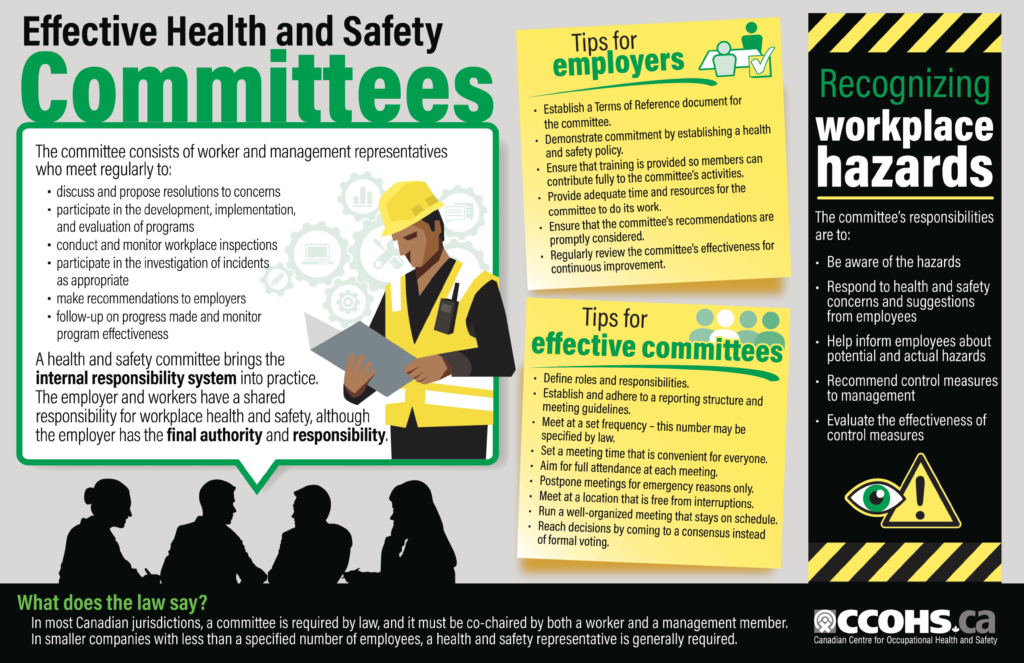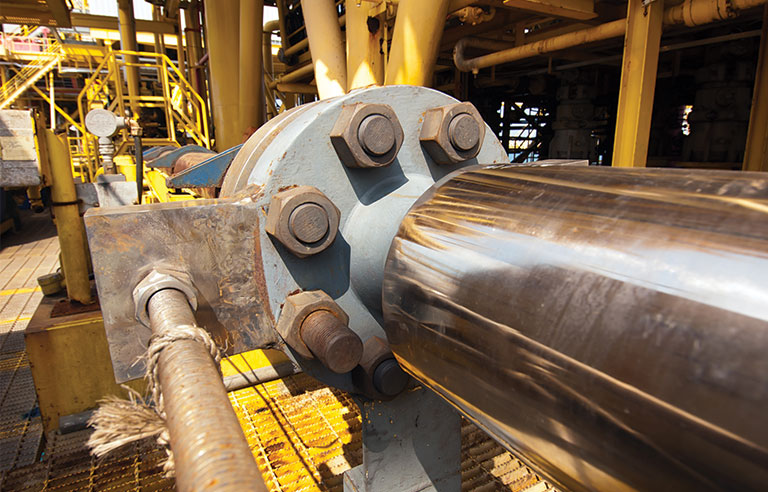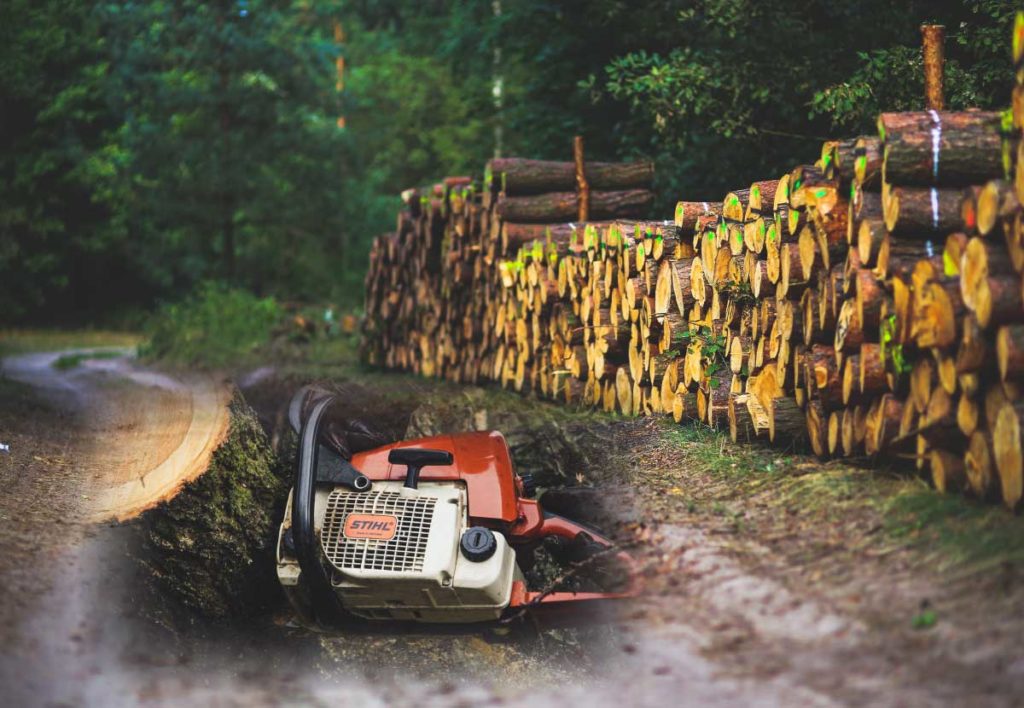As the warmth of summer approaches, so does the cacophony of buzzing cicadas. This year, however, their symphony promises to be louder than ever as two broods emerge simultaneously, creating a chorus that will be hard to ignore. From the southeastern states to the midwestern regions, the buzzing of cicadas is set to dominate outdoor spaces like never before.
Potential Risk to Auditory Health – Hearing Loss
While the awe-inspiring spectacle of these winged creatures emerging from their underground slumber captures our attention, it’s crucial to recognize the potential risk they pose to our auditory health. Journalists and citizens armed with sound level meters or smartphone apps reported noise levels ranging from 90 – 100 decibels (dB). These levels are well above the 85 dB, which is the basis of the NIOSH Recommended Exposure Limit (REL) for noise, leading to faulty conclusions.
Misinformation has spread, with some articles likening the sound of cicadas to a jet plane at take-off or a concert, and even suggesting that exposure to cicada buzzing could lead to noise-related hearing loss in as little as 15 minutes.

Protecting Your Hearing with dB Blockers®

While the buzzing of cicadas can reach high levels, it’s not necessarily harmful in short bursts. What matters is prolonged exposure to loud sounds. That’s where products like dB Blockers® come into play. By wearing custom ear protection like dB Blockers®, individuals can enjoy the spectacle of the cicada hatch while safeguarding their hearing from potential damage.
One traveller shared their experience of encountering the Double Brood in Macon, Georgia, where the hum of cicadas filled the air. With a sound meter app registering around 72 dB, they highlighted the importance of protecting one’s ears in such environments. In popular culture, the sound of cicadas has been used to create atmospheric scenes in films set in the Southern United States.
Conclusion:
As the cicadas emerge and go about their brief but intense cycle of life, it’s a reminder of the delicate balance of nature and the resilience of life. While we marvel at their spectacle, let’s not forget to protect ourselves, including our hearing, so that we can continue to enjoy the sounds of summer for years to come. So, as the cicadas awaken and fill the air with their symphony, remember to get your hearing protection ready.
Whether you’re a nature enthusiast, a curious observer, or simply someone trying to enjoy the outdoors, safeguarding your ears is key to making the most of this unique experience. And as for moving down to cicada country? Well, that’s entirely up to you. But wherever you are, let’s keep our ears safe and enjoy the buzz of nature’s symphony.













